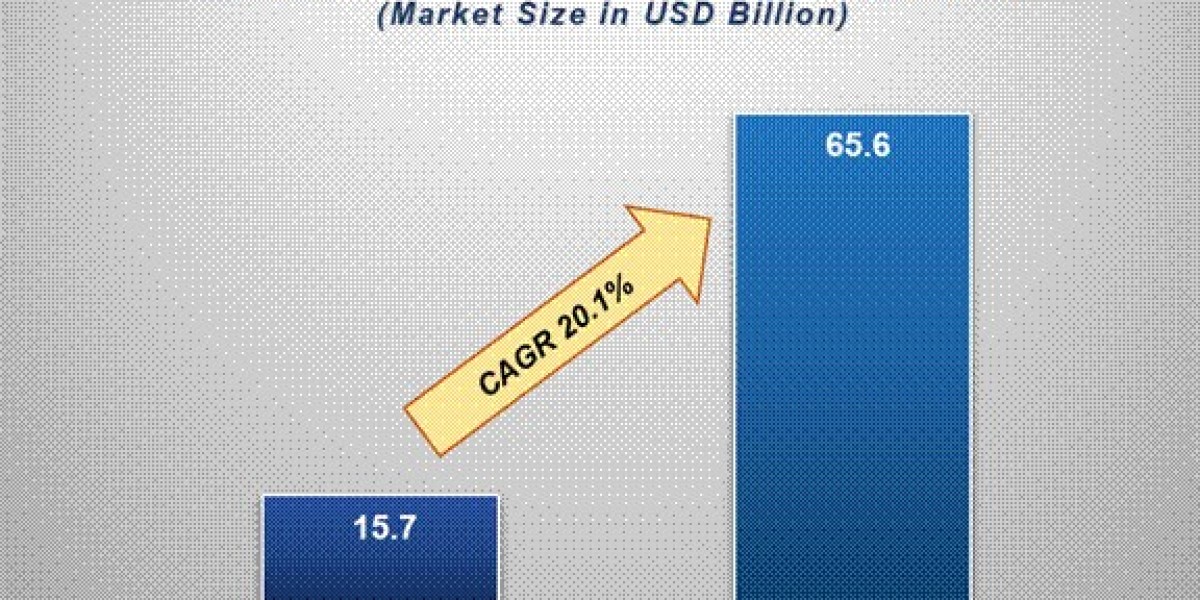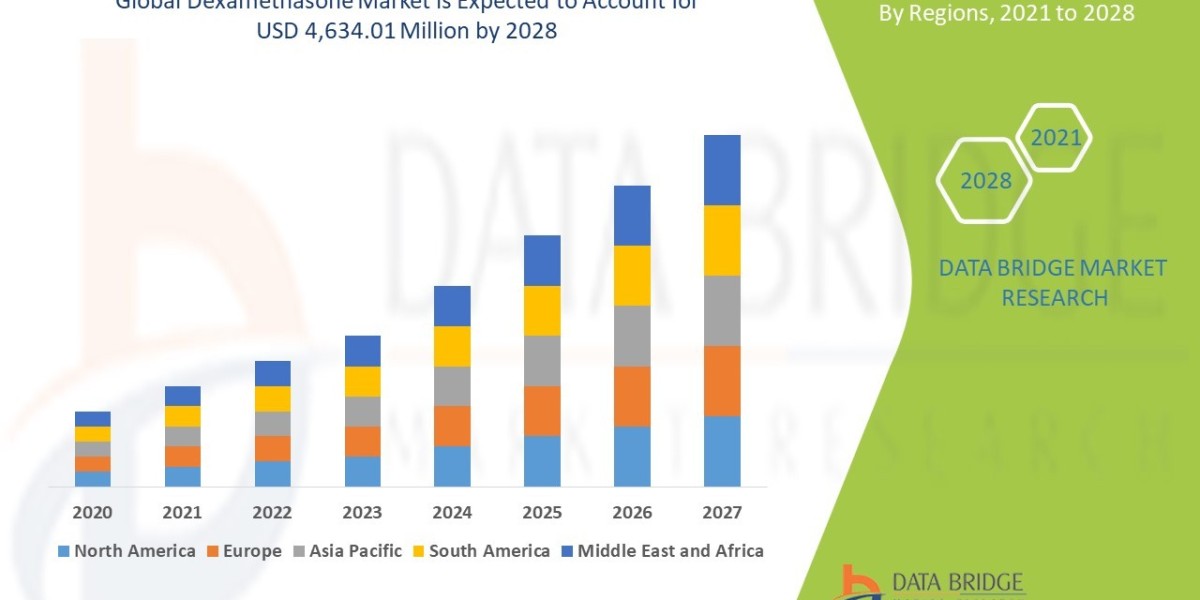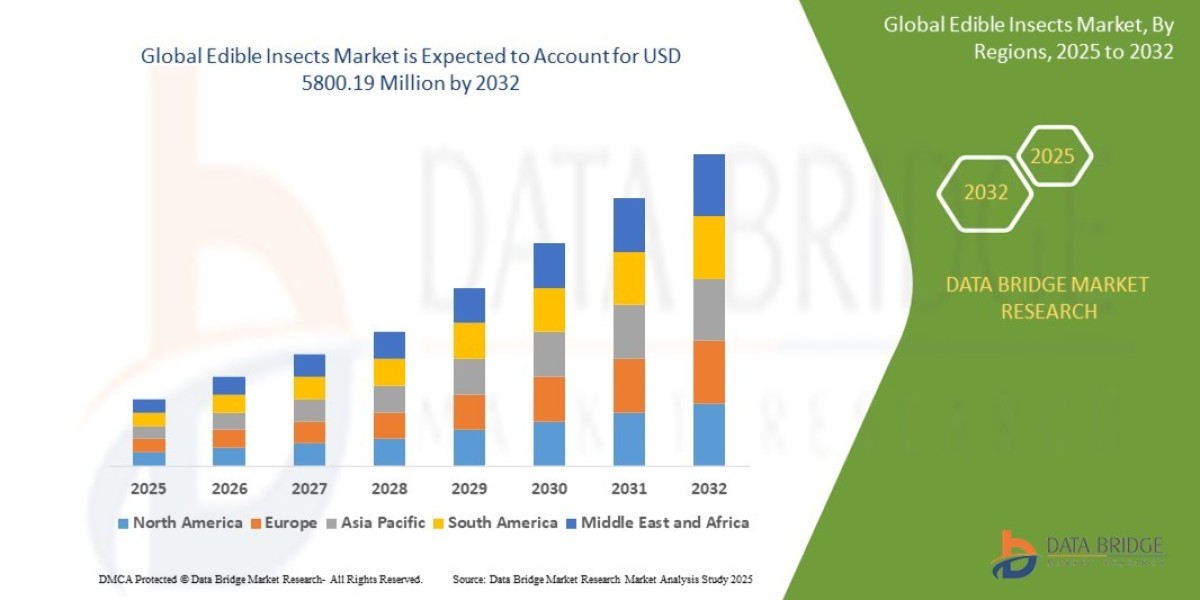Automotive Robotics Market: Trends, Growth Drivers, and Future Outlook
The automotive robotics market is rapidly gaining momentum as the automotive industry increasingly embraces automation to boost efficiency, precision, and productivity. These robotic systems are integral to manufacturing processes like welding, painting, assembly, material handling, and quality inspection. With the rise of electric vehicles (EVs), growing demand for mass customization, and Industry 4.0 adoption, automotive robotics is poised for substantial growth.
Market Overview
The Automotive robotics market is anticipated to experience substantial growth from 2025 to 2033. The growing dependence on articulated robots to boost efficiency in the production process is anticipated to be a key driver of growth of robots in the automotive robotics industry. With an estimated valuation of approximately USD 15.7 billion in 2025, the market is expected to reach USD 65.6 billion by 2033, registering a robust compound annual growth rate (CAGR) of 6.8% over the decade.
Get PDF Link : https://m2squareconsultancy.com/purchase
Get Reports Link : https://m2squareconsultancy.com/reports/automotive-robotics-market
Key Drivers
Increased Demand for Automation
Manufacturers seek cost-effective, precise, and high-speed automation solutions to remain competitive, leading to higher adoption of robotics.Electric Vehicle (EV) Revolution
EV production involves different assembly and battery-handling processes, which demand advanced robotic systems.Labor Shortages and Rising Wages
In developed economies, labor shortages and high operational costs make robotics a more viable alternative.Advancements in AI and Machine Learning
Intelligent robots with vision systems, real-time monitoring, and adaptive programming are enhancing manufacturing flexibility.Industry 4.0 Integration
Smart factories using IoT and big data analytics are increasingly integrating robotics to streamline operations.
Market Segmentation
By Robot Type:
Articulated Robots
SCARA Robots
Cartesian Robots
Collaborative Robots (Cobots)
Others
By Application:
Welding
Painting
Material Handling
Assembly
Inspection & Testing
By End-User:
OEMs
Tier 1 and Tier 2 Suppliers
By Region:
North America
Europe
Asia-Pacific
Latin America
Middle East & Africa
Regional Insights
Asia-Pacific dominates the automotive robotics market, led by manufacturing hubs in China, Japan, and South Korea. Europe follows, with Germany being a stronghold of automotive engineering and robotics innovation. North America is witnessing growing adoption, especially with major EV investments in the U.S. and Canada.
Challenges
High Initial Investment:
The cost of deploying robotic systems, especially for small and medium manufacturers, remains high.Integration Complexity:
Legacy systems in older plants require customization and reconfiguration for robotics integration.Cybersecurity Concerns:
With increased connectivity in smart factories, cybersecurity risks are becoming more prominent.
Future Outlook
The automotive robotics market will continue to evolve, driven by innovations in AI, cloud computing, and real-time process control. Collaborative robots are expected to see widespread use on factory floors, assisting human workers and increasing productivity. Additionally, robot-as-a-service (RaaS) models may lower the barrier for small and medium enterprises (SMEs) to access robotics.
FAQs
Q1: What is driving the growth of the automotive robotics market?
A1: Key factors include automation demand, EV production, labor shortages, and Industry 4.0 adoption.
Q2: Which robot type is most commonly used in automotive manufacturing?
A2: Articulated robots are the most widely used due to their flexibility and precision in tasks like welding and assembly.
Q3: How are collaborative robots changing automotive manufacturing?
A3: Cobots work alongside humans, improving productivity and safety without requiring large safety barriers.
Q4: Which regions are leading in automotive robotics adoption?
A4: Asia-Pacific leads, followed by Europe and North America.
Q5: What is the forecast for the automotive robotics market?
A5: The market is expected to grow at a CAGR of over 10%, reaching over USD 20 billion by 2030.
Get More Link :
https://m2squareconsultancy.com/reports/global-ammunition-market
https://m2squareconsultancy.com/reports/helicopter-market
https://m2squareconsultancy.com/reports/tactical-communication-systems-tcs-market
https://m2squareconsultancy.com/reports/advanced-driver-assistances-ystems
https://m2squareconsultancy.com/reports/shipping-container-market
https://m2squareconsultancy.com/reports/electric-vehicle-battery-case-market
https://m2squareconsultancy.com/reports/recyclable-packaging-market
https://m2squareconsultancy.com/reports/driving-simulator-market
https://m2squareconsultancy.com/reports/automotive-robotics-market
https://m2squareconsultancy.com/reports/water-soluble-fertilizers-market
https://m2squareconsultancy.com/reports/medical-device-packaging-market
https://m2squareconsultancy.com/reports/humanoid-robot-market
https://m2squareconsultancy.com/reports/hybrid-vehicle-market
https://m2squareconsultancy.com/reports/dairy-alternative-products-market
https://m2squareconsultancy.com/reports/hair-serum-market
https://m2squareconsultancy.com/reports/sports-sponsorship-market



